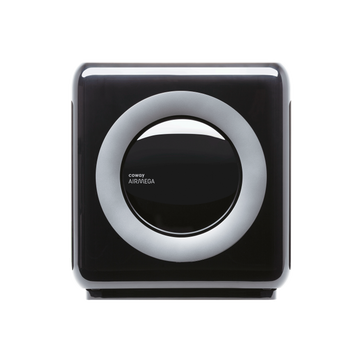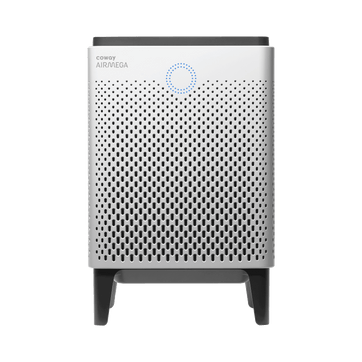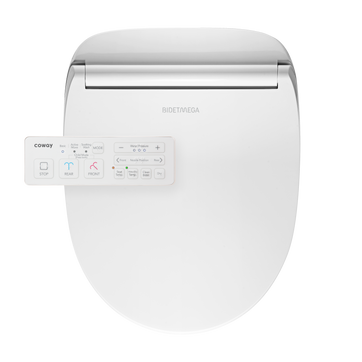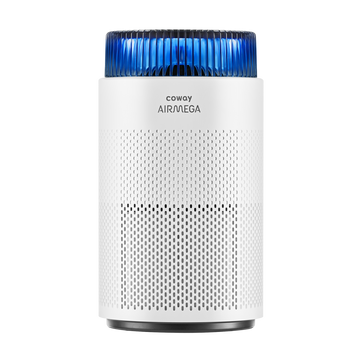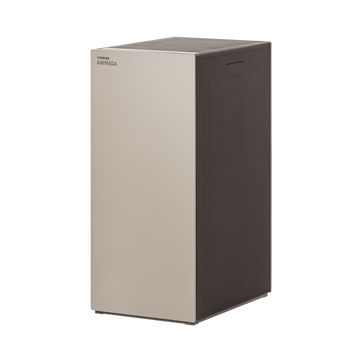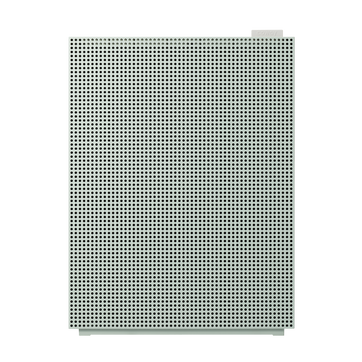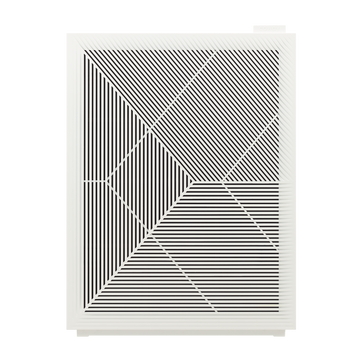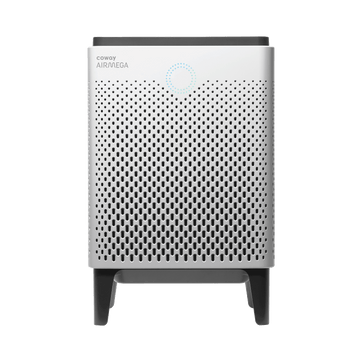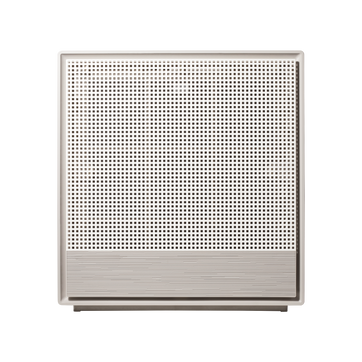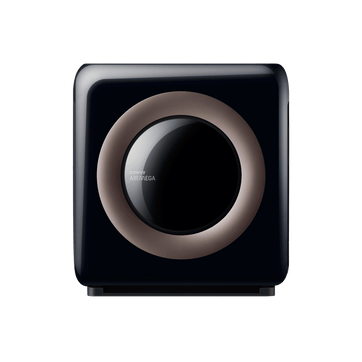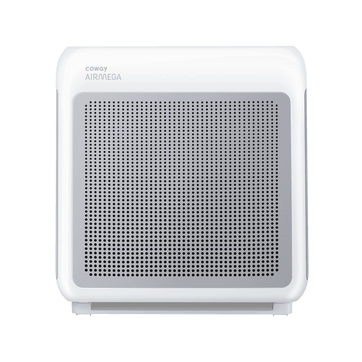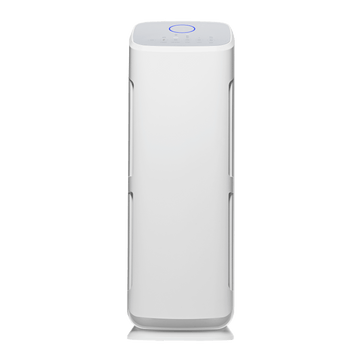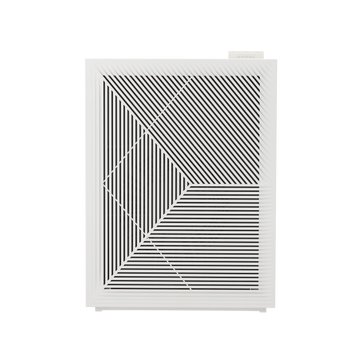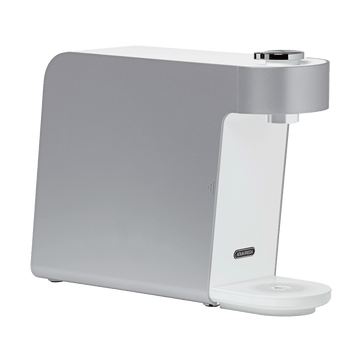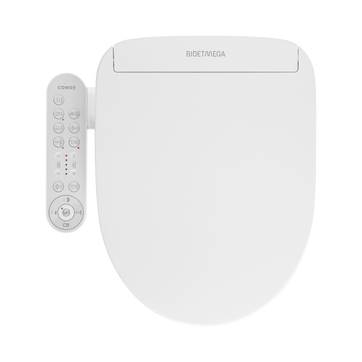
What is the Air Quality Index?
Anyone who’s suffered a sunburn has likely heard of the UV Index. The rating system tells us when and for how long it’s safe to be in the sun, and is a key tool in helping the general population avoid skin cancer. Perhaps less commonly known is the Air Quality Index (AQI, for short), a system designed to alert us when to dangers we might not be able to see.
Every day, the government provides a snapshot of the air we breathe as we go about our lives—working, playing with our kids, or simply resting next to an open window. Here’s everything you need to know about the AQI and how it protects our health:
What’s Air Quality Index and where did it come from?
The Air Quality Index is a 0-500 scale used by the Environmental Protection Agency (EPA) to report and forecast air pollution. In 1976, the EPA created the Pollution Standards Index in order to create a nationally uniform reporting system for tracking healthy air levels. In 1999, it was renamed the Air Quality Index and revised to reflect the system we use today.
What are the criteria for our AQI?
The U.S. focuses on the concentrations of the five major pollutants monitored by the Federal Clean Air Act: ground-level ozone, particulate matter, carbon monoxide, sulfur dioxide, and nitrogen dioxide. The highest measurement of any single pollutant dictates that day’s AQI value, all of which are reported on the color-coded AirNow monitoring system.
What do the colors mean?
AQI is segmented on a 0-500 scale based on pollution and health effects. To level-set: A rating of 100 correlates to the public-health standard of a given pollutant.
Here’s how the scale breaks down:

Does the AQI reach ‘unhealthy’ levels in the U.S.? What happens when it does?
The AQI often reaches the unhealthy “red” level in some parts of the U.S. and, rarely, “very unhealthy” and “hazardous” in areas of Idaho and Alaska. This January, the Pacific Northwest, Idaho, and Montana have all had red-AQI alerts. On those days, officials urge people to stay indoors, filter the air in their homes, and drink a lot of water, which allows the body to better dilute phlegm and dislodge smoke particles.
What could be causing air quality to dip on those areas?
AQI measurements can fluctuate based on season, weather patterns, and climate events. In the winter, for instance, carbon monoxide levels are often high because cold weather can stymie some vehicles’ emission-control systems. Additionally, thermal inversions (when layers of warm air settle above cooler air near the ground) are more frequent in the winter; this phenomenon traps emissions from vehicles and wood-burning and leads to drastic deterioration of air quality. In the summer, sunlight and heat can cause volatile organic compounds and nitrogen oxides to form ozone more rapidly.

Do any U.S. cities have poor air quality year-round?
The five worst offenders for year-round particle pollution and also ozone pollution are all in California, according to the American Lung Association. They include: Los-Angeles-Long Beach, Madera-Fresno, Visalia-Porterville-Hanford, Bakersfield, Modesto-Merced, and Sacramento-Roseville.
Learn more about how Airmega is changing the way we breathe, and stay up to date on the latest news by signing up for our newsletter.
Disclaimers
1Coway air purifiers have been proven to trap dust, pollen, dander, viruses and bacteria in the air based on KCL (Korea Conformity Laboratories) testing.They have been tested in a 30㎥ size chamber according to the Korea Air Cleaning Association standard (SPS-KACA 002-132:2022 Modified) to measure the 0.01㎛ size of particle removal rate. It was tested on maximum airflow speed in normal room temperature and humidity conditions. The performance may vary in the actual living environment of customers.
→ Tested with Airmega Aim, 100, 150, 160, AP-1216L, AP-1512HH, AP-1512HHS, 200M, Icon, IconS, 230, 240, 250, 250 Art, 250S, 300, 300S, 400, 400S, ProX
299.97% of viruses, bacteria, fungi and pollen were verified to be removed from the air for Coway air purifiers which have Green True HEPA™ filter applied based on the Japan Food Research Laboratories(JFRL) testing according to JEM 1467 standard.
→ Tested with Coway Airmega AP-1512HH, AP-1512HHS, 250, 250 Art, 250S, 300, 300S, 400, 400S
→ All tested by JFRL and received above result within below time.
All tested by JFRL and received above result within below time.
- Virus: Tested with Escherichia coli phage ΦX174 NBRC 103405, 60 minutes
- Bacteria: Tested with Staphylococcus epidermidis NBRC 12993, 60 minutes
- Fungi/Mold: Tested with Penicillium citrinum NBRC 6352, 60 minutes
- Pollen: Tested with Cedar Pollen extract, 60 minutes
3Aerosol test conducted in a Biosafety level 3 laboratory with two Coway air purifier models, Coway Airmega 250 and 400 for removal of SARS-CoV-2 Aerosol by US based MRI Global, a not-for-profit laboratory and partner of US Department of Defense. The test was conducted in a 13.1ft3 chamber. Virus was aerosolized for 15 minutes and the product was turned on high for 2 minutes. Result showed each product effectively removed over 99.98% of the SARS-CoV-2 in 2 minutes. This is a result from a laboratory experiment condition and result may vary in different conditions. This result does not imply it kills SARS-CoV-2 or prevents the transmission of Covid-19. Coway Airmega 250S and 400S are identical to the tested models and has equal performance with an additional mobile connectivity function.
4The concentration of ammonia, acetaldehyde and acetic acid were proven to be removed within 30 minutes by FCG Research Institute, Inc. Human Life Science Lab. It is not a demonstration result in the actual use space. Not all odors and gases may be supported. → Tested with Coway Airmega 150, 160, AP-1512HH, AP-1512HHS, 400, 400S
5The coverage area of the air purifier is based on an area where the air cleaner can make two air changes per hour (ACPH). An air change per hour translates to how many times an air purifier can clean an area, assuming the height of a ceiling to be 8 ft, in one hour. Therefore ** means two air changes per hour means that the cleaner can clean the area once every 30 minutes and * means air changes per hour means that the air purifier can clean the area once every 60 minutes.
10Terms and conditions apply. Discounts, including promotions, coupons, bundle discount and subscription discount, cannot be stacked on top of other coupons. During promotional periods, discount codes will not be able to be applied to orders. Promo codes may apply to products only—filters, accessories, and new products within 3 months of the release date are not included.
